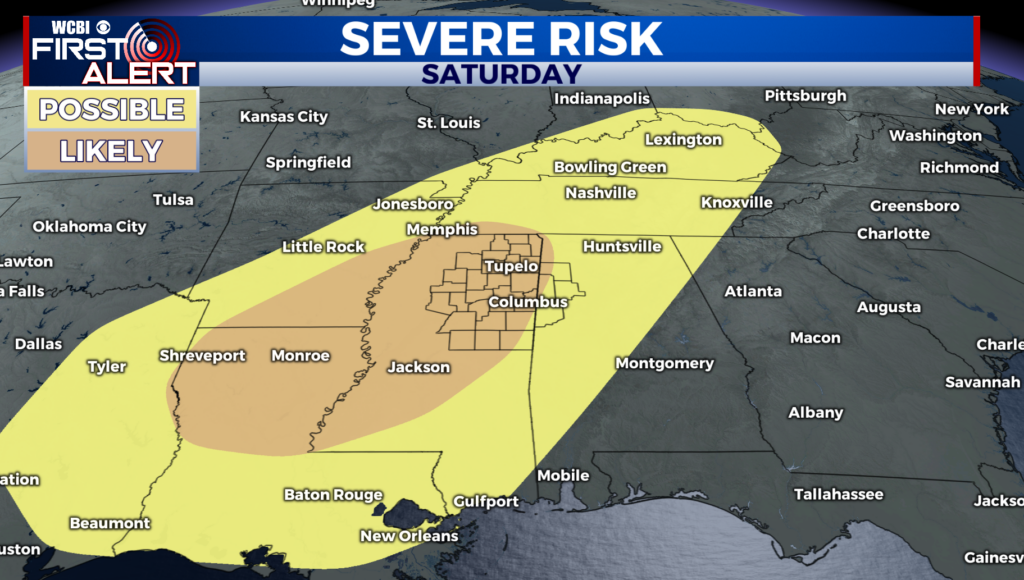Coronavirus spurs sales of chicks, raising salmonella fears
Americans confronted with the rising price of eggs — and sold-out shelves in grocers’ egg coolers — during the coronavirus pandemic are turning to another method of sourcing fresh eggs: Raising their own poultry. The downside, experts say, is the risk that some backyard poultry enthusiasts could encounter another pathogen, salmonella.
A decades-long trend of raising chickens and hens for eggs and meat intensified during the pandemic, partly in response to egg prices tripling in some locations as consumers stockpile the breakfast staple. Families living under “stay at home” orders are also looking for activities for their children. As a result, hatcheries across the country are seeing a surge in live chick orders, along with retailers that sell chicks to consumers such as Tractor Supply, which has 1,863 stores in 49 states.
“As an essential retailer, we can say that we have seen increased engagement and sales with current and new customers, and certainly an increase in chick sales during this time,” a spokesperson for Tractor Supply said in an email. “Additionally, with more chick sales taking place, we are offering expert advice on how to properly care for chicks.”
The Centers for Disease Control and Prevention is aware of large increases in live poultry purchases from local feed and agricultural stores, as well as through mail-order hatcheries that box and ship millions of day-old chicks in the mail, Dr. Megin Nichols, an epidemiologist in the CDC’s outbreak response and prevention branch, told CBS MoneyWatch.
That’s causing concern at the CDC, Dr. Nichols said, because backyard flocks have lead to outbreaks of salmonella.
“Owning backyard poultry can be a really great experience, but just like poultry on the shelves, it can carry salmonella,” Dr. Nichols said. “Many of those who get sick are not only first-time poultry owners, but are also young children,” she added.
Backyard hens
About 10 million, or 8%, of U.S. households had chickens in 2019, with ownership higher among households with young children, according the American Pet Producers Association, an industry trade group.
“People are at home so they’re looking for something for their families to do while they’re home,” Kendall Fox of the Freedom Ranger Hatchery in Lancaster County, Pennsylvania, recently told NPR. “The other reason is the security of having food in their backyard.”
The Cackle Hatchery in Lebanon, Missouri, which hatches about 250,000 baby birds a week, has experienced a 100% increase in sales this year, and callers have queued up 10 deep to place an order with Webster City, Iowa-based McMurray Hatchery, which sells millions of hatched eggs annually, according to one newspaper account.
Salmonella outbreaks
A lack of public education about the increasingly popular activity, however, is a public health issue that impacts Americans of all ages, experts say.
Thirteen multi-state outbreaks of salmonella linked to backyard poultry sickened 1,134 people in 49 states last year, with 219 hospitalized and two fatalities, according to the CDC’s official tally. Twenty-one percent of those stricken were younger than five, said Dr. Nichols, who also noted that for every case reported to the CDC, another 29 go unreported, making the real tally significantly higher.
Many of those interviewed in outbreaks were unaware the animals can carry germs, according to Dr. Nichols. There’s also a mistaken notion that if an animal is healthy, it can’t carry salmonella, when in reality chickens can carry salmonella in their gut without it harming them, she said.
Baby chicks are especially likely to carry salmonella, and are more likely to shed the bacteria “in their poop,” Dr. Nichols added.
Those with or considering backyard poultry would be wise to check out the CDC’s guidelines. They include advising against eating or drinking while near an outside flock, and always washing hands with soap and running water after touching birds. Those with young children should be especially mindful, as kids want to touch birds with their hands, which they often then put in their mouths.





Leave a Reply